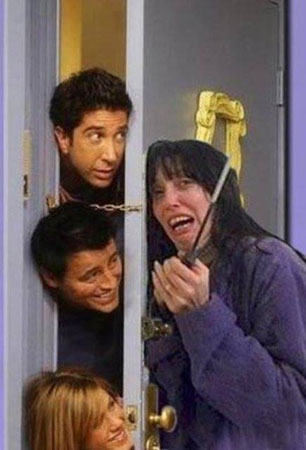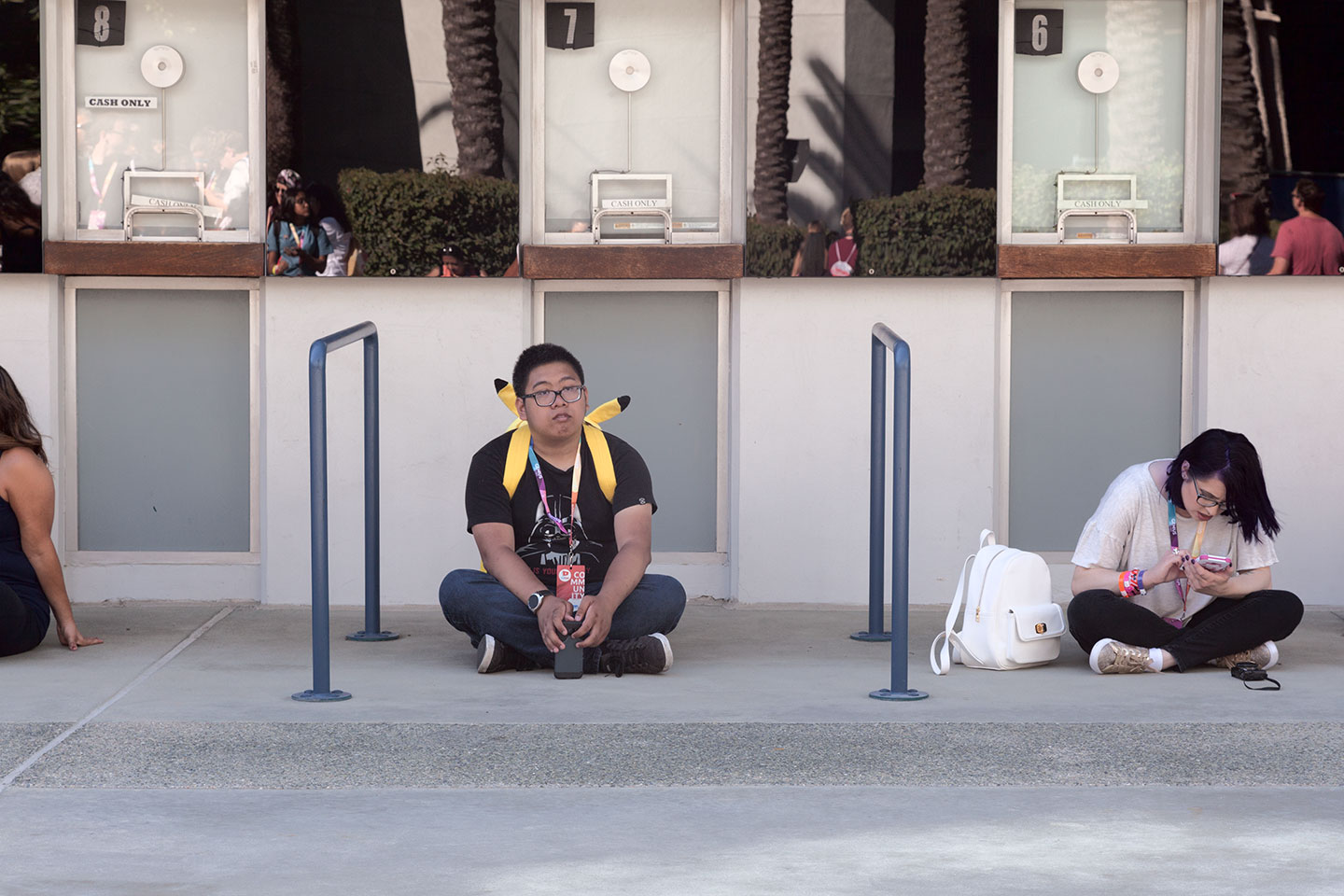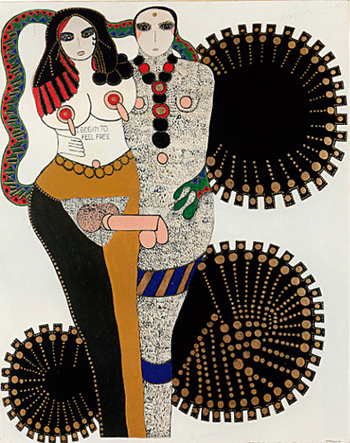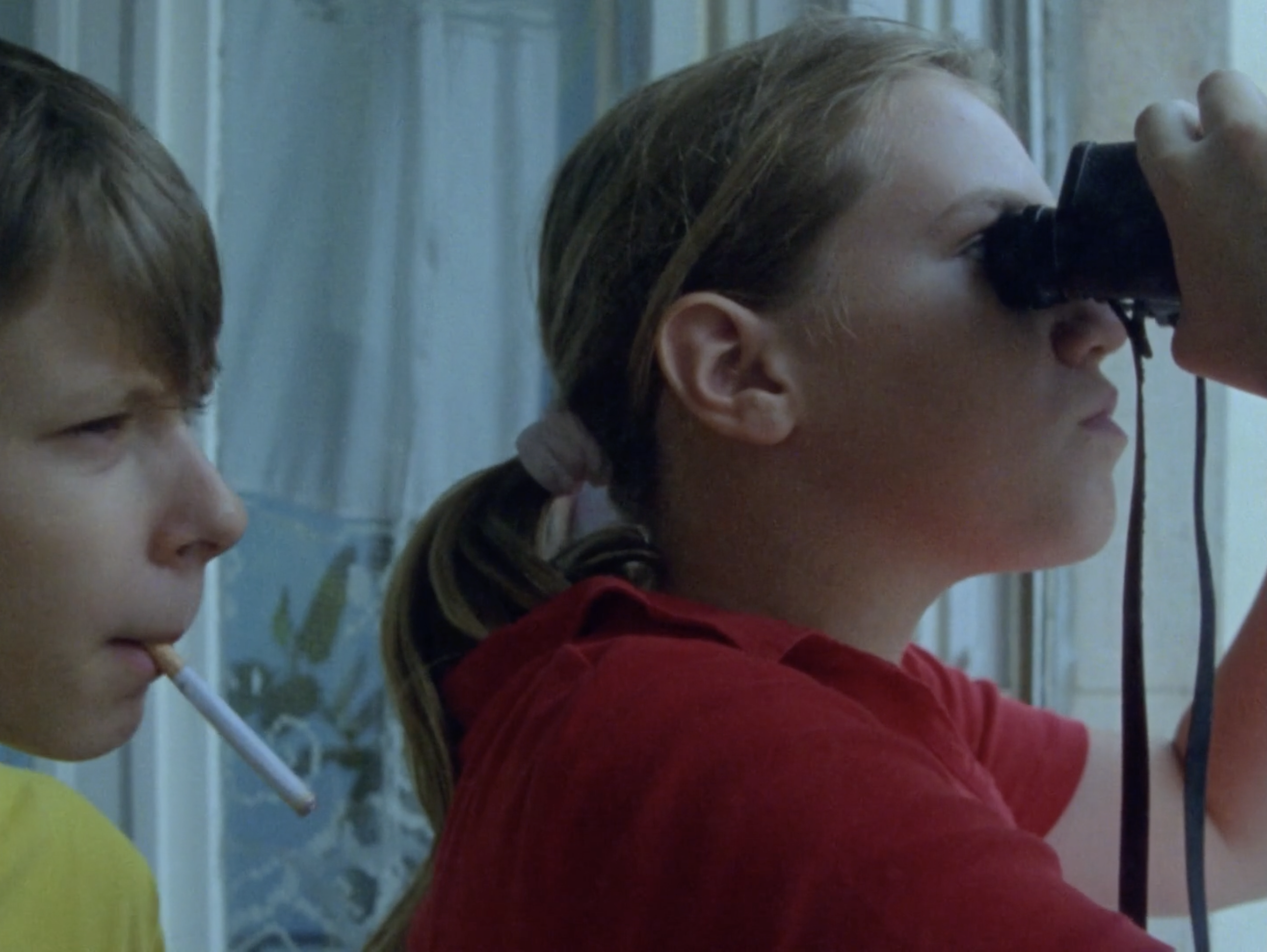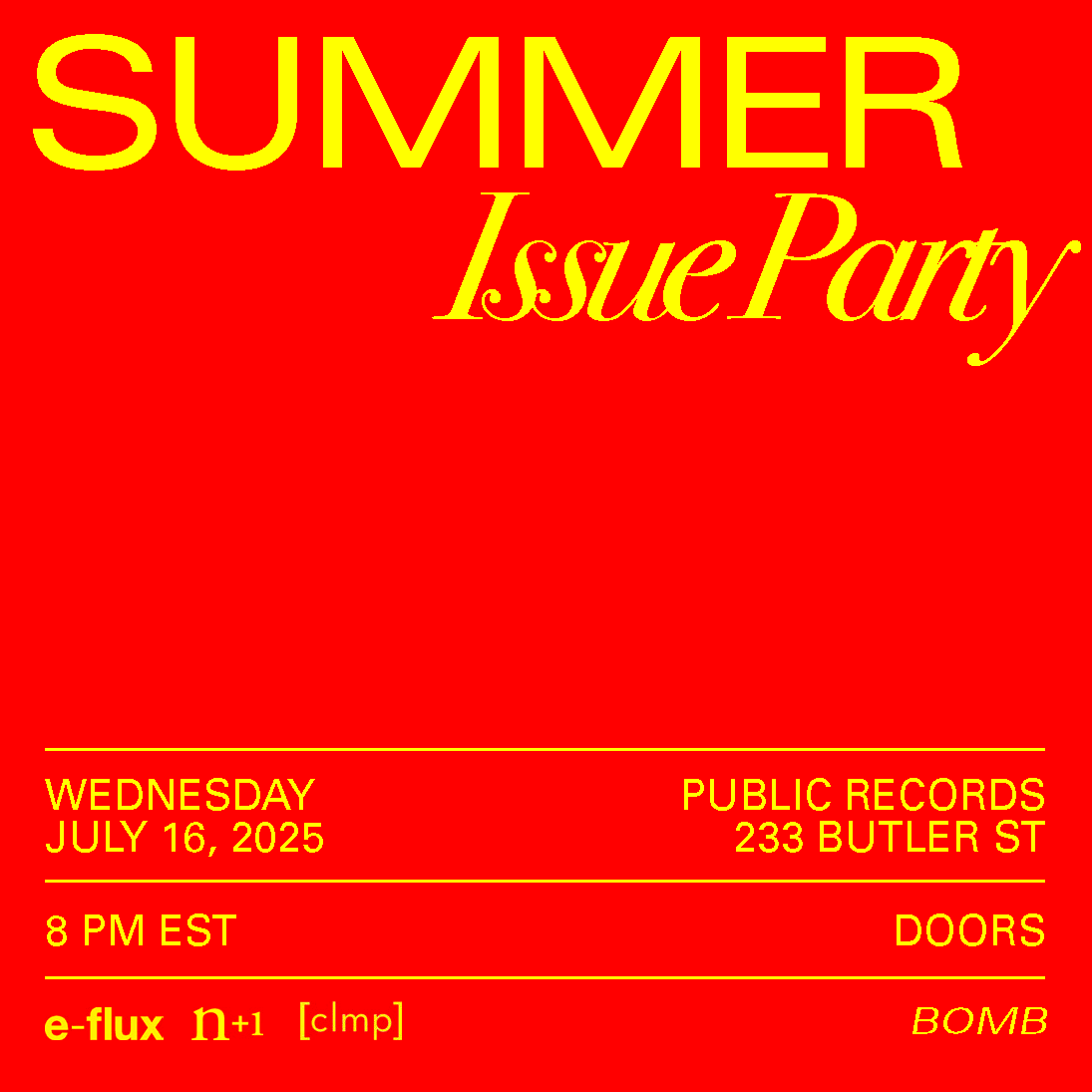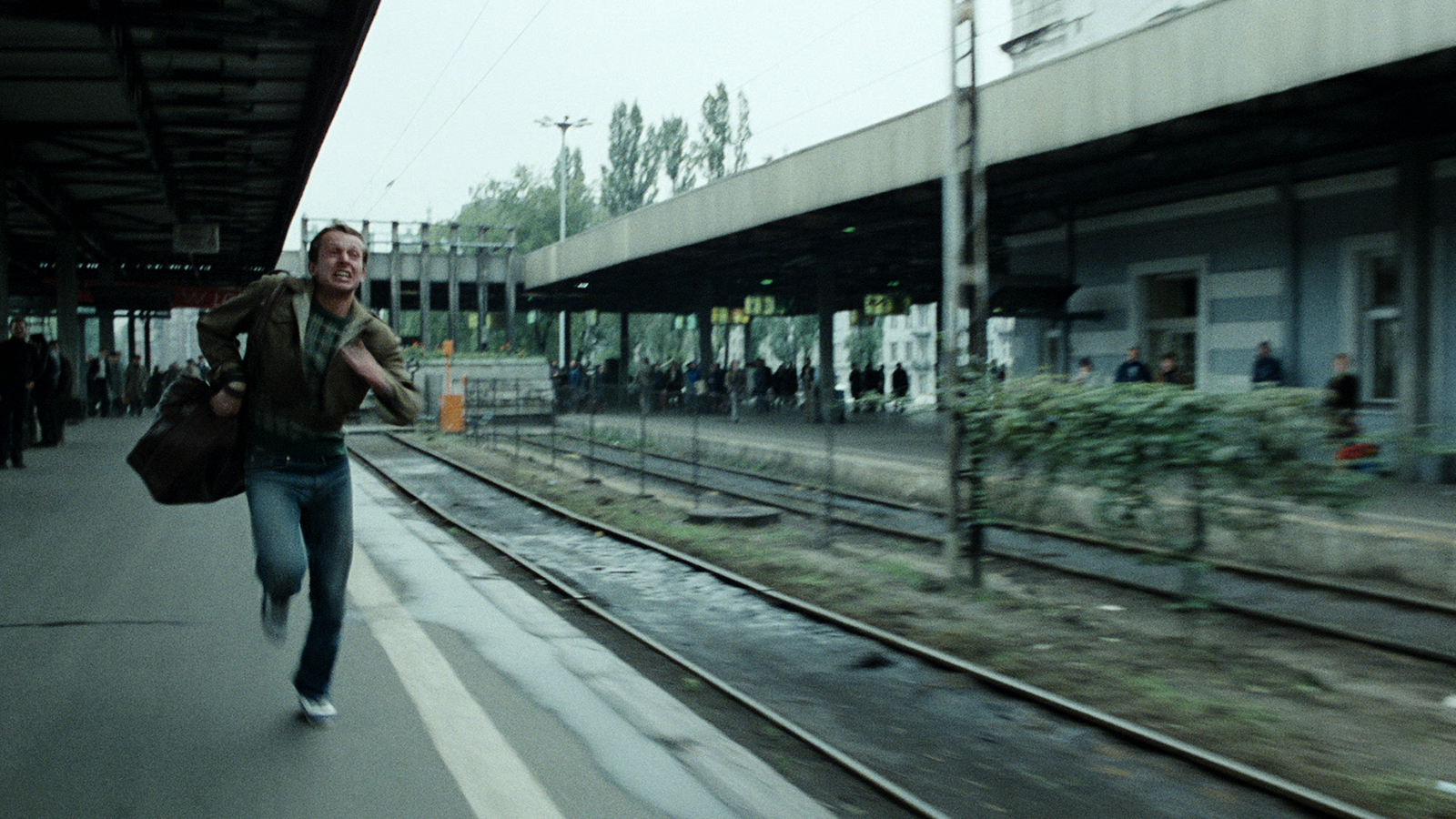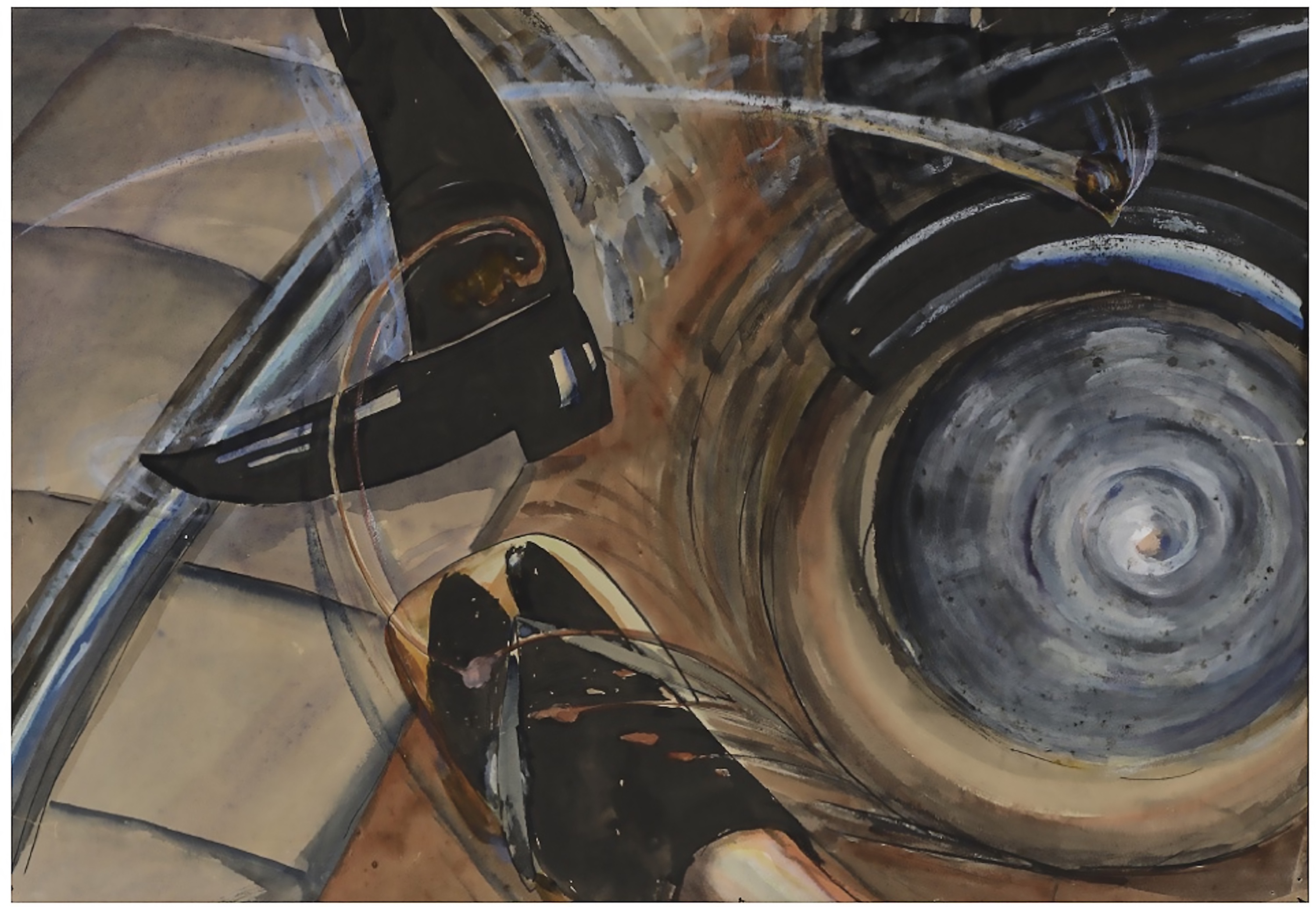Coolness


Cool is a quality that can only be defined by antithesis. There is no univocal meaning for such word, being it flexible and adaptable in different contexts and social frameworks. Miles Davis postulated the “birth of cool” in 1957, while artists like Jean-Michel Basquiat and writers like Glenn O’Brien or Greg Tate raised the act of “being cool” to an art form. This compilation of essays is a primer for the post-coolness reader; a manifesto for the globalized cool economics; a pathway to decode how image-based culture is built through mechanisms of generative mythmaking, self-initiated worldbuilding, and networked labor.
What is an artist to do? With an understanding of how our content, identities, and influence are valuable to and instrumentalized by brands and marketers, we can find space for resistance and refusal, or we can actively engage with existing models in an effort to ameliorate them. While it might seem like the only options are to ramp up your posting with accelerationist fervor, or delete your account, there are tactics to be learned from internet trolls, the alt-right, and institutional critique that can open space for effective critique and resistance.
